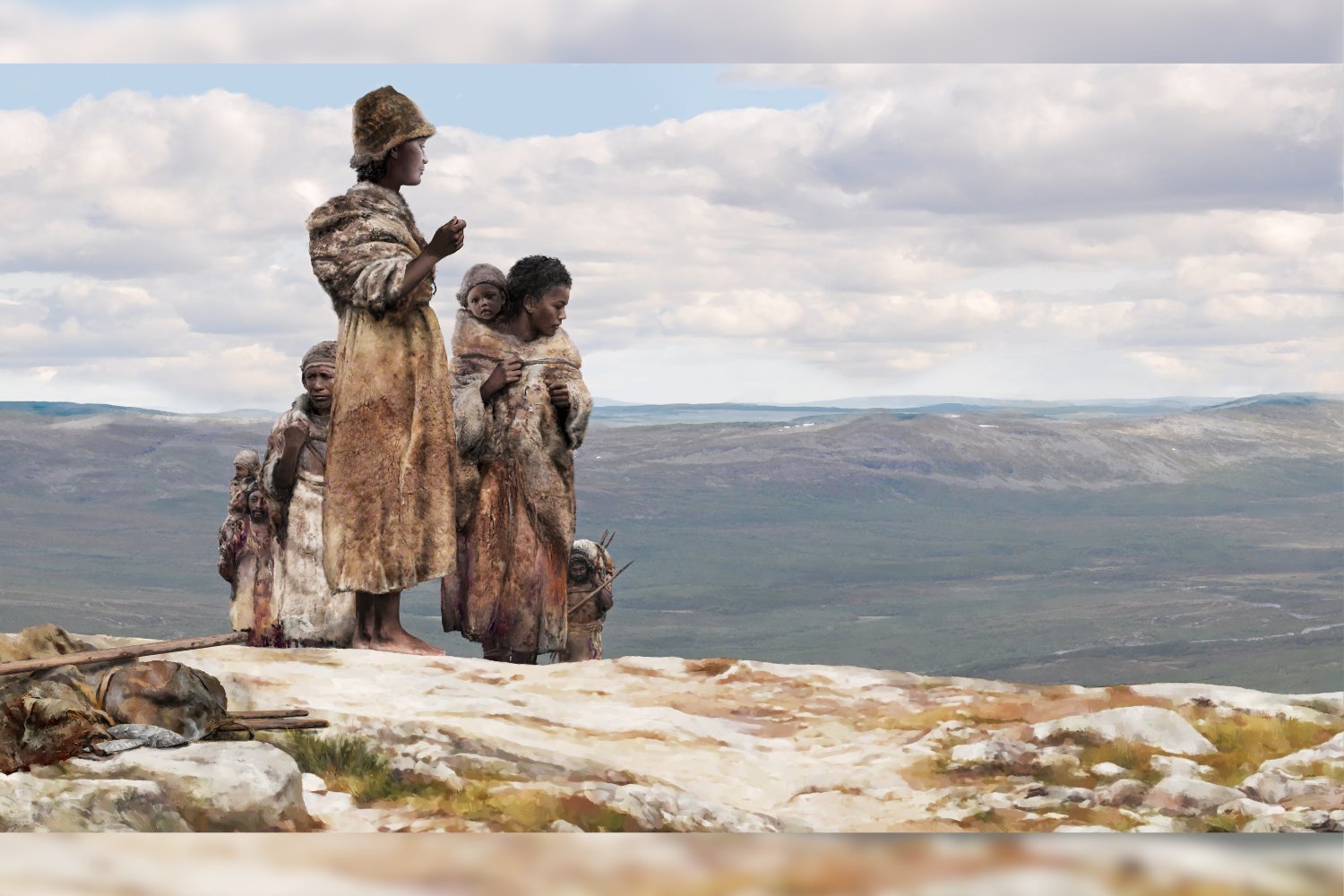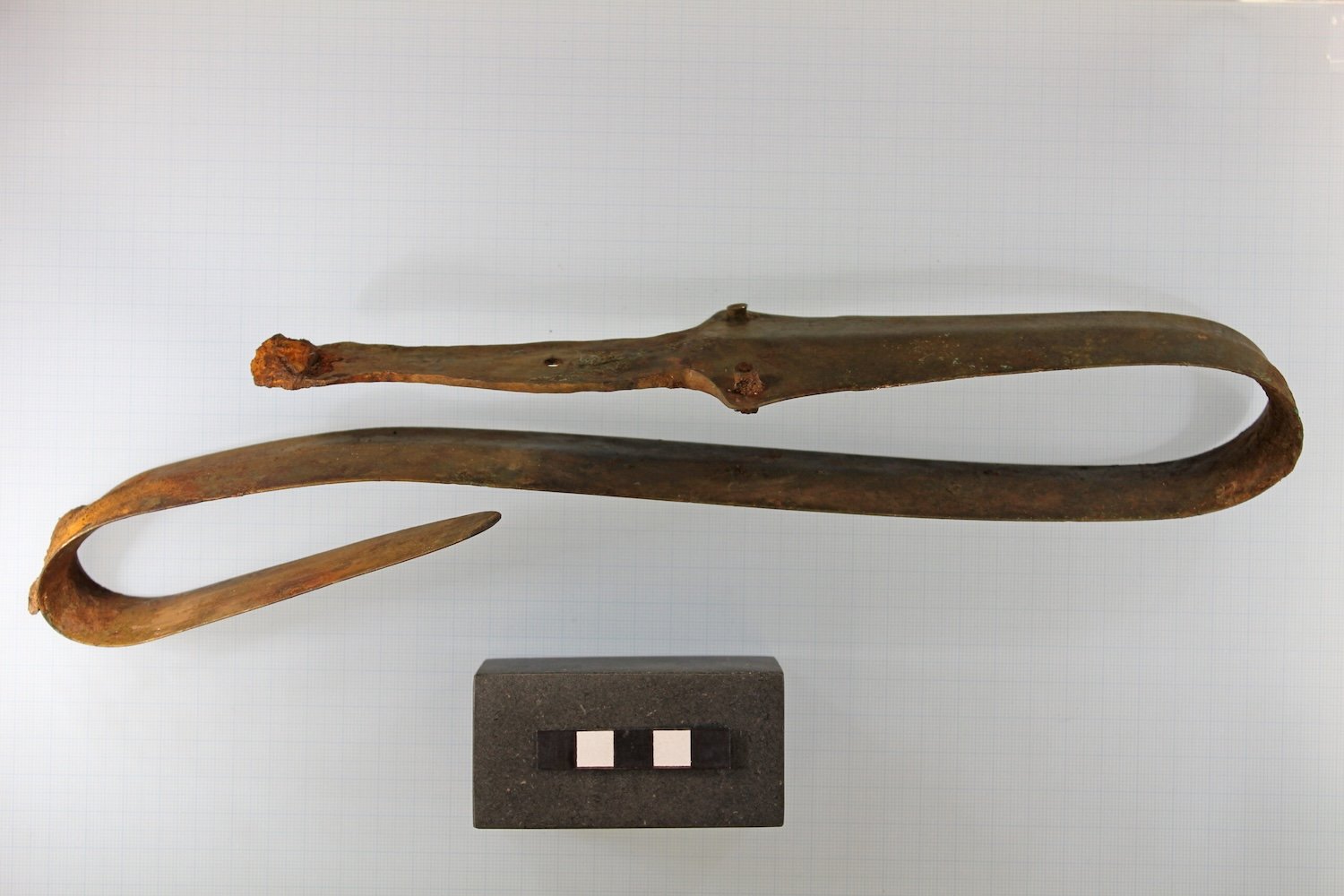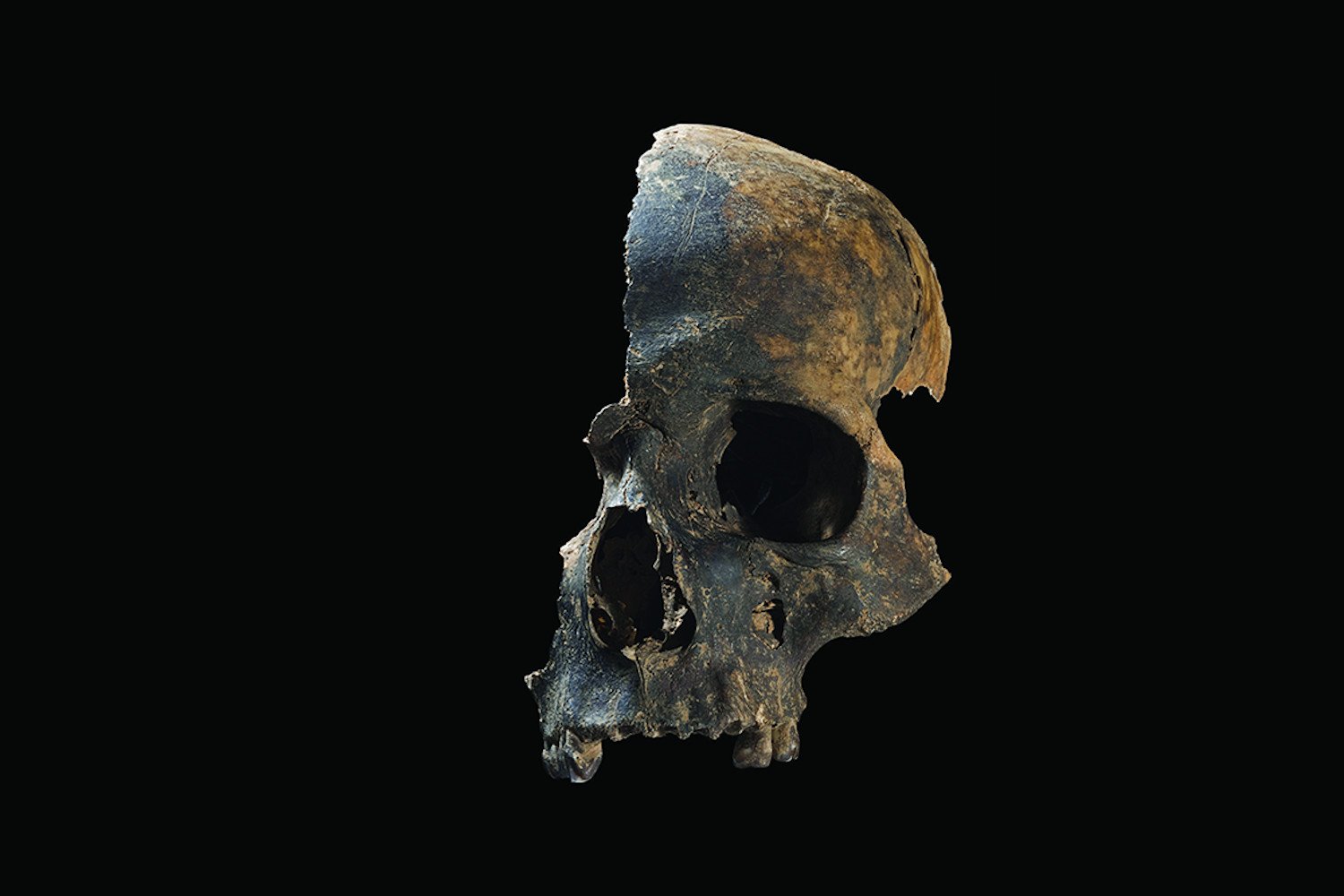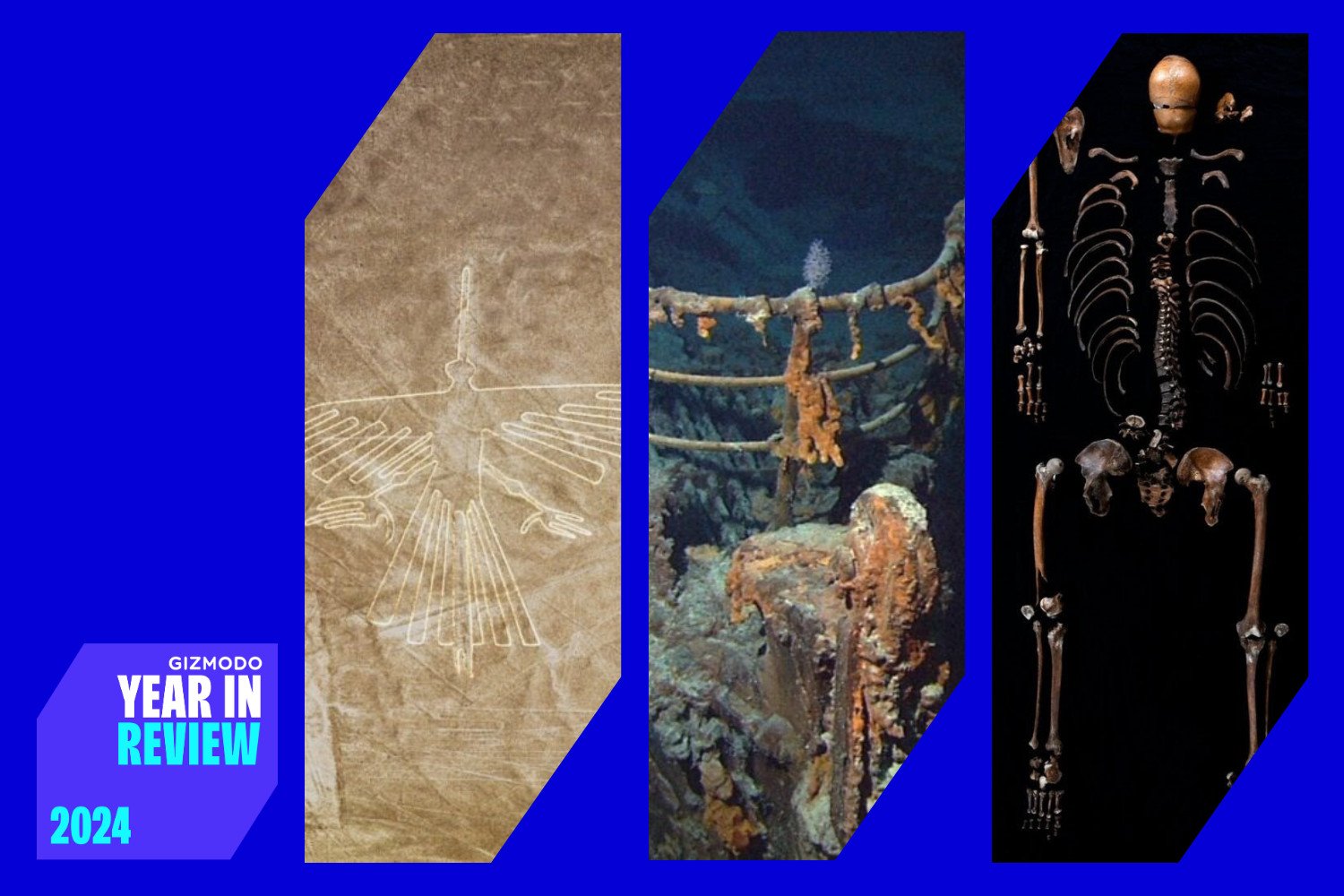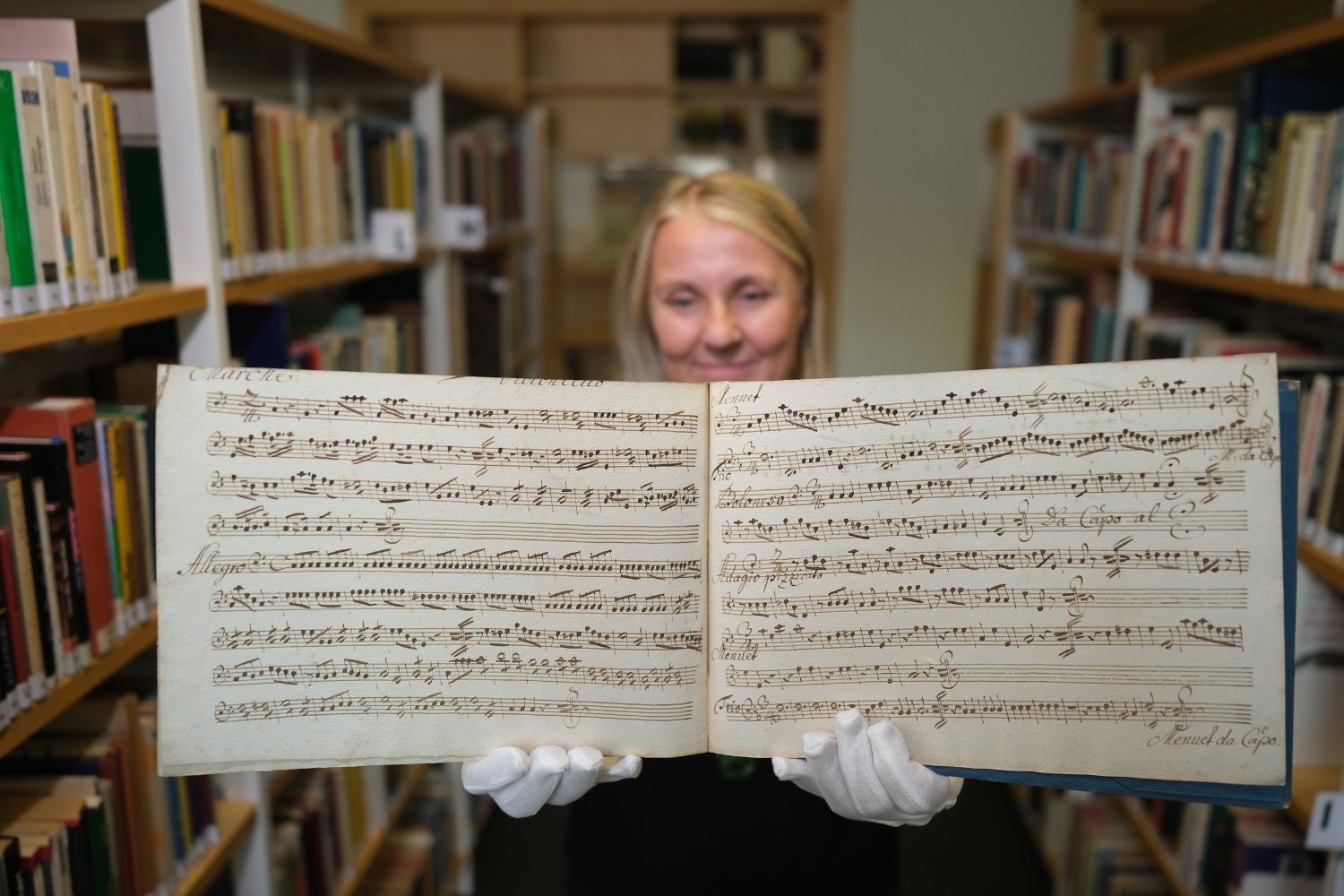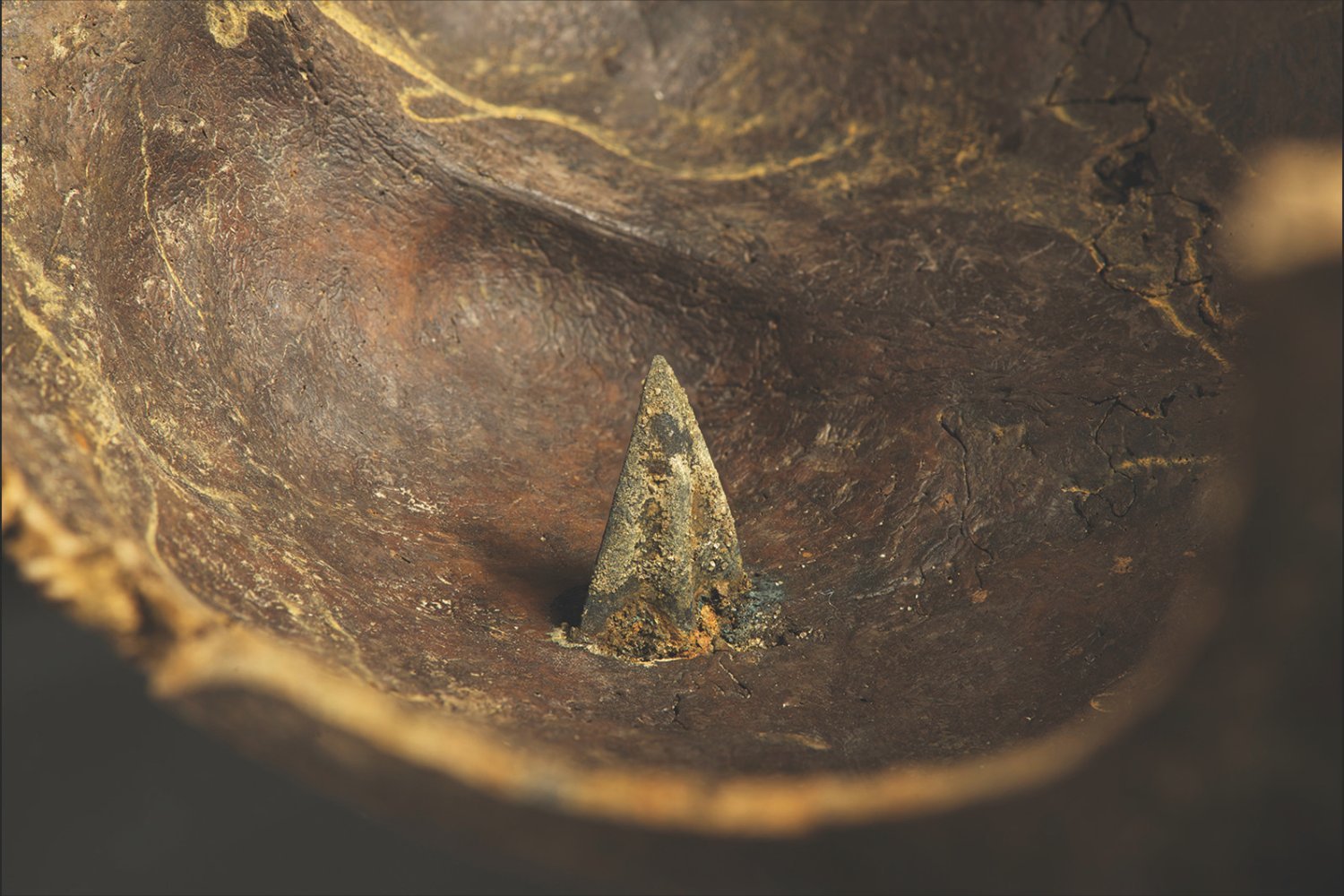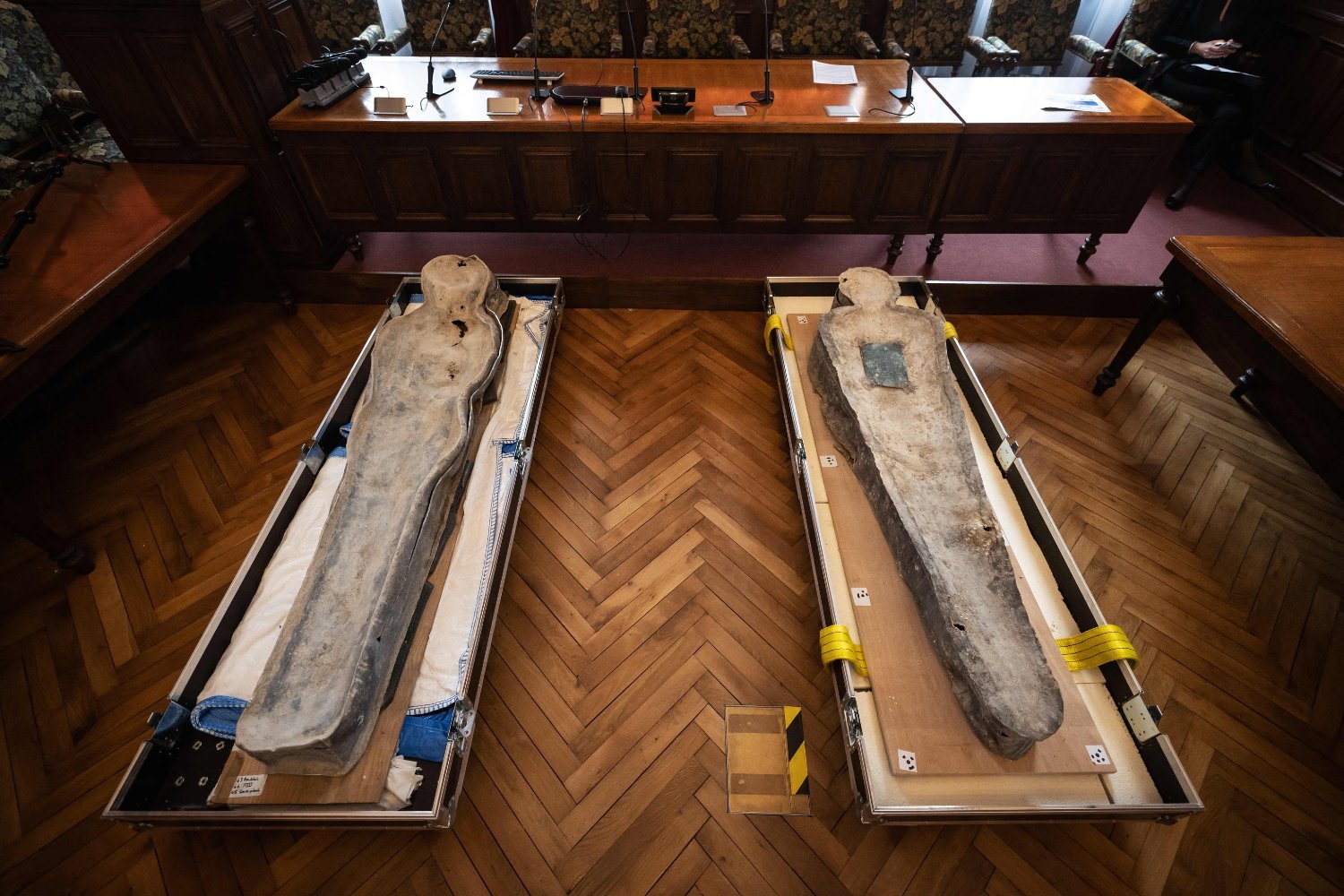New genomic research spanning 50,000 years of human history reveals a narrow timeframe for interbreeding between early modern humans and Neanderthals. This groundbreaking discovery clarifies the complex relationship between these ancient groups and differentiates modern humans from their earlier African ancestors. Two concurrent studies, published in Nature and Science, offer compelling insights into this fascinating chapter of human evolution.
The Nature study presents the oldest sequenced modern human genomes to date, providing crucial constraints on the timing of Neanderthal admixture with Homo sapiens. Simultaneously, the Science study explores Neanderthal and human interactions through the analysis of both ancient and modern human genomes.
Early modern humans comprised at least two genetically distinct groups, evidenced by skeletal remains unearthed in Bulgaria and Czechia. The latter group, represented by the Zlatý kůň skull, constitutes one of Europe’s earliest modern human populations. Genomic analysis reveals that Zlatý kůň’s population interbred with Neanderthals only once, while the Bulgarian group may have interbred twice.
Furthermore, the Nature study reveals a genetic link between Zlatý kůň and two individuals from Ranis, Germany, who lived between 41,000 and 49,500 years ago. Despite having approximately 3% Neanderthal ancestry, this Ranis population is believed to have no living descendants. Genetic analysis suggests that the Neanderthal DNA entered the Ranis population’s genome roughly 80 generations earlier.
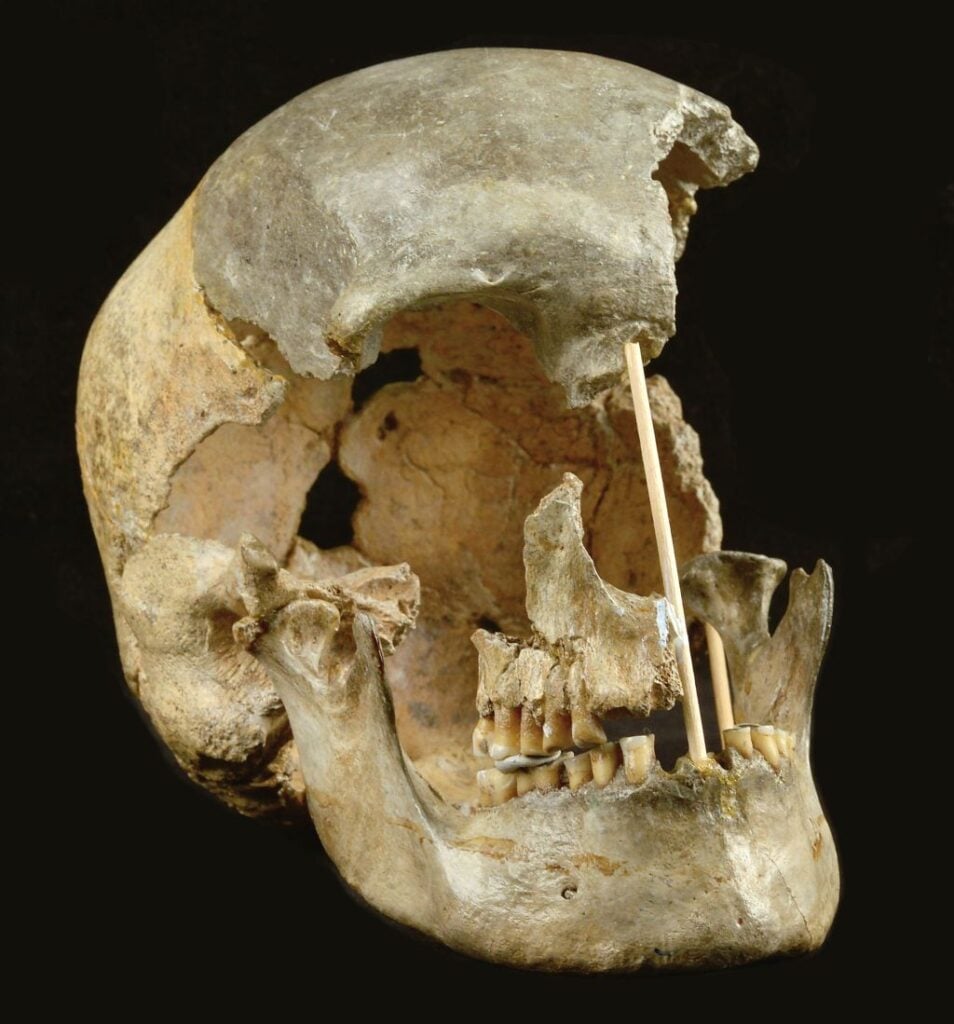 The Zlatý Kůň skull.The Zlatý Kůň skull. Photo: Petr Velemínský
The Zlatý Kůň skull.The Zlatý Kůň skull. Photo: Petr Velemínský
According to Arev Sümer, lead author of the Nature study and researcher at the Max Planck Institute for Evolutionary Anthropology, both Ranis and Zlatý kůň individuals coexisted with Neanderthals in Europe. However, they possess only the Neanderthal ancestry shared by all non-African populations today. This distinguishes them from previously sequenced early modern human genomes from Europe, such as those from Bulgaria and Romania.
The Ranis site, initially excavated in the 1930s, underwent a second excavation between 2016 and 2022. Johannes Krause, a geneticist at the Max Planck Institute, explained that the bone fragments initially discovered were largely disregarded as animal remains. With the onset of World War II, the fragmented bones were stored in a central German museum for almost a century. It was only when the Planck Institute revisited the site that additional bone fragments were discovered in a newly dug pit.
Hélène Rougier, co-author of the Science study and researcher at California State University, Northridge, meticulously examined over 100 boxes containing tens of thousands of bone fragments. Her analysis confirmed the Ranis site as belonging to one of the earliest modern human groups in Europe. Remarkably, fragments from both excavations belonged to the same individual, found scattered across several square meters. The reason for this dispersal remains a mystery.
A key finding from the Nature study indicates that early modern human remains older than 50,000 years found outside Africa represent entirely separate populations from present-day non-African populations. Essentially, a 50,000-year-old early modern human found outside Africa wouldn’t be an ancestor of modern humans.
The Science study analyzed over 300 genomes spanning the past 50,000 years, including 59 ancient genomes from individuals who lived between 2,200 and 45,000 years ago. The research revealed that humans inherited Neanderthal genes related to skin color, immune response, and metabolism. By focusing on the timing and duration of Neanderthal admixture, the study determined that the gene flow occurred between 43,500 and 50,500 years ago. Krause estimates that a relatively small early modern human population of around 5,000 individuals absorbed approximately 200 Neanderthals over a period of perhaps a few centuries.
Priya Moorjani, senior author of the Science study and molecular biologist at UC Berkeley, highlighted the importance of this timing for understanding the Out-of-Africa migration. The findings suggest that this migration must have been completed by 43,500 years ago, and earlier waves may have involved individuals who didn’t contribute to present-day non-African populations.
The relatively recent interbreeding period coincides with the discovery of Thorin, a 45,000-year-old Neanderthal fossil found in France. Genetic analysis reveals that Thorin was genetically distinct from other groups in the region by about 50,000 years. Around 39,500 years ago, the Campanian Ignimbrite eruption dramatically altered the Eurasian landscape, spreading ash from Italy to Russia. Krause notes the coincidence of this eruption with the extinction of early human groups and Neanderthals, and the emergence of individuals genetically linked to modern Europeans in the post-eruption period.
Neanderthals vanish from the fossil record around 39,000 years ago, shortly after the interbreeding period indicated by the Science and Nature studies. While extinct as a distinct species, their genetic legacy persists in modern humans. Moorjani emphasizes the genetic similarities between the two groups, suggesting that the perceived differences were relatively minor.



